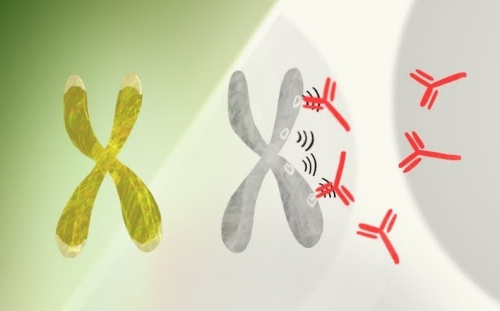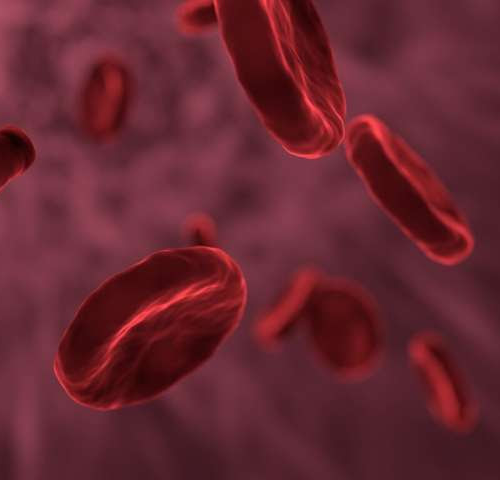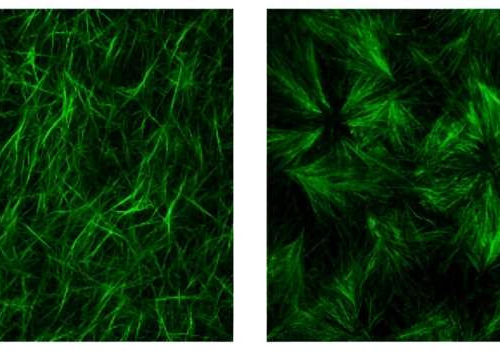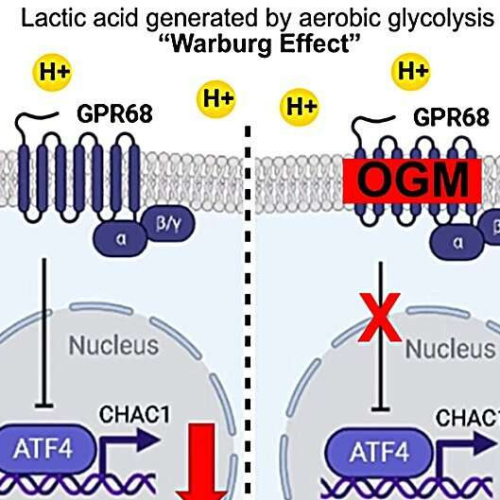By Syed S. A.Reviewed by Danielle Ellis, B.Sc. Over the past few decades, algae have shown significant potential as a reservoir for diverse bioactive compounds possessing various biological activities. This has expanded their use across a range of industries, including food, animal feed, cosmetics, pharmaceuticals, and other industrial sectors. Image Credit: catalina.m/Shutterstock.comImage Credit: catalina.m/Shutterstock.com From...
What Causes Dark Circles Under the Eyes?
Written by Maria Robinson, MD, MBA | Reviewed by Sarah Gupta, MDKey takeaways: Dark circles under the eyes aren’t usually a medical problem. But they can be bothersome for some people.Many different causes can contribute to dark circles, and genetics is a big one. They may be more common in people with darker skin.If dark...
Stanford Medicine-led study shows why women are at greater risk of autoimmune disease
Research throws light on the mystery of why women are much more prone to autoimmune disorders: A molecule made by one X chromosome in every female cell can generate antibodies to a woman’s own tissues. By Bruce Goldman X chromosomes and autoimmunityIn every cell in a woman’s body, one X chromosome is disabled to ensure...
Researchers discover epigenetic status determines metastasis
by German Cancer Research Center Credit: Unsplash/CC0 Public DomainScientists from the German Cancer Research Center (DKFZ) and Heidelberg University have investigated in mice how spreading tumor cells behave at the site of metastasis. Some tumor cells immediately start to form metastases. Others leave the blood vessel and may then enter a long period of dormancy. What...
Points to consider in hyperinflammation
by European Alliance of Associations for Rheumatology (EULAR) Credit: Unsplash/CC0 Public DomainHemophagocytic lymphohistiocytosis (HLH) and macrophage activation syndrome (MAS) are life-threatening systemic hyperinflammatory syndromes. Systemic hyperinflammation and HLH/MAS can occur in nearly any inflammatory state, but there are certain predisposing conditions and inflammatory triggers. This includes rheumatic diseases, malignancies, metabolic diseases, and genetic immune problems....
Less invasive for patients: Using blood tests to diagnose lung cancer
by Eindhoven University of Technology Credit: Pixabay/CC0 Public DomainCurrently, when lung cancer is suspected, a “morsel” of tissue is removed and examined under the microscope. This may change in the future. During her Ph.D. research, Sylvia Roovers-Genet examined proteins in the blood of people with, without, and with possible lung cancer, and thereby developed a method...
Newest COVID shots are 54% effective in preventing symptoms, CDC finds
by Mike Stobbe A Moderna Spikevax COVID-19 vaccine is seen at a drugstore in Cypress, Texas, Sept. 20, 2023. On Thursday, Feb. 1, 2024, the Centers for Disease Control and Prevention said the updated COVID-19 vaccine was 54% effective at preventing symptomatic infection in adults. The shot became available last year as a replacement vaccine...
Unlocking the mysteries of a heart disease trigger
by NIH/National Heart, Lung and Blood Institute Credit: Pixabay/CC0 Public DomainAs the body ages, it is normal for changes in cells to occur. “Cells divide every day and mutations happen,” said Emma M. Groarke, M.D., an attending hematologist and researcher in NHLBI’s Hematopoiesis and Bone Marrow Failure Laboratory. “Most of the time they don’t have any...
For diabetes and liver cancer, study suggests new screening guidelines
by Krista Conger, Stanford University Medical Center Collagen fibers in a three-dimensional hydrogel (left panel). When advanced glycation end products—a byproduct of poorly controlled diabetes—are added (right), the fibers are shorter and more cross-linked, creating conditions that favor cancer progression. Credit: Weiguo FanFor centuries, doctors have used their hands as essential diagnostic tools—exploring joints and palpating...
Researchers discover early, promising glioblastoma treatment
by Pat Shellenbarger, Michigan State University Model depicting effects of OGM in GBM cells. Lactic acid accumulation from the Warburg effect activates GPR68, which suppresses ATF4 transcription. GPR68 inhibition by OGM induces ATF4 expression, which then increases CHAC1, leading to depletion of glutathione. This ultimately causes accumulation of toxic lipid peroxides, which triggers ferroptosis. Credit: Experimental...









